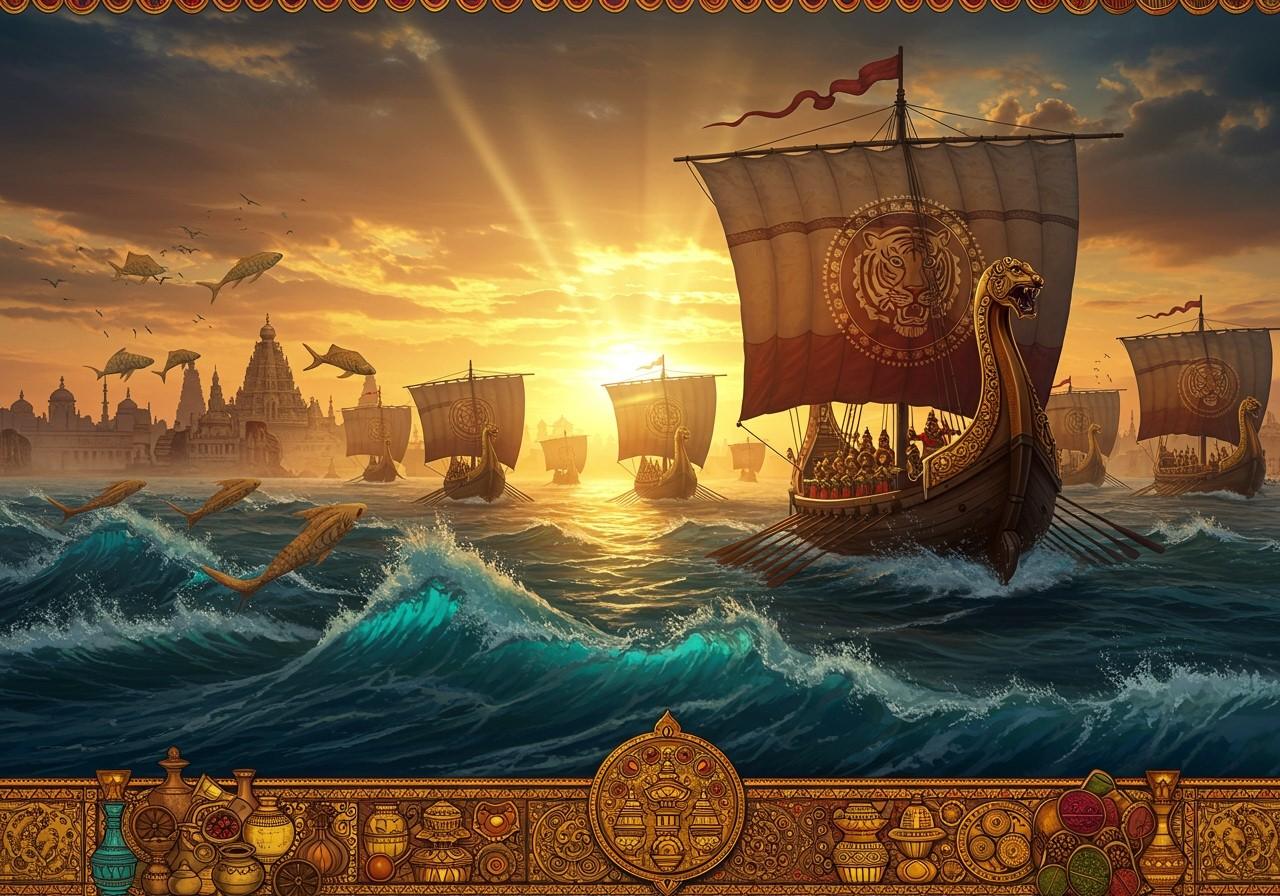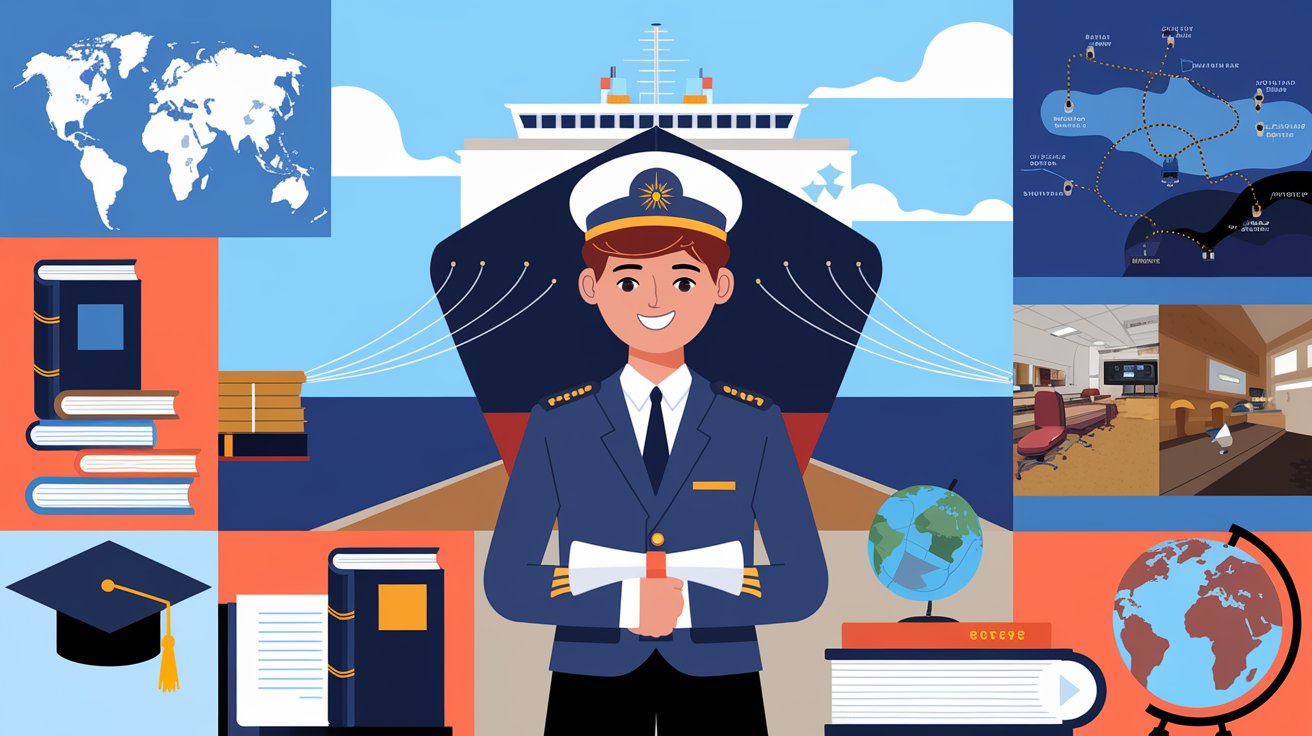The merchant navy history in India is a tale that sails across centuries, showcasing India’s rich maritime heritage, global trade influence, and strategic naval strength. From the time of the Indus Valley Civilization to the modern era of containerized shipping,
The Indian merchant navy has played a pivotal role in economic development, trade expansion, and international cooperation. Today, institutions like Skills Station, recognized as the Best merchant navy coaching institute, are helping young aspirants understand this glorious past and prepare for a prestigious maritime career.
Ancient Beginnings of Merchant Navy History in India
The merchant navy history in India dates back to 3000 BCE during the Indus Valley Civilization, when seafarers from Lothal (modern-day Gujarat) engaged in maritime trade with Mesopotamia and Egypt. Archaeological findings of dockyards, warehouses, and seals indicate that India was an early player in organized maritime activities. These early seafarers laid the groundwork for what would eventually evolve into the Indian merchant navy.
Maritime Dominance During the Maurya and Chola Empires
Chandragupta Maurya and later, Emperor Ashoka, emphasized a structured navy to control trade and maintain sea lanes. However, it was under the Chola dynasty that the merchant navy history in India saw remarkable expansion. The Cholas built a powerful naval fleet that extended Indian influence to Southeast Asia. This era not only strengthened maritime trade but also showcased India’s naval engineering and shipbuilding skills.

Colonial Influence and the Reshaping of Merchant Navy History in India
The entry of European powers—Portuguese, Dutch, French, and ultimately the British—transformed the merchant navy history in India. The British East India Company monopolized sea trade, sidelining Indian maritime professionals and local trade networks. Indian sailors, known as “lascars,” were employed in British merchant vessels, often under poor working conditions.
By the 19th century, the British had consolidated their control, and Indian shipbuilding centers like Surat and Bombay were thriving under colonial command. Though Indians were integral to the functioning of these ships, they were seldom given officer positions. Still, this period marked a significant chapter in merchant navy history in India, laying the foundation for future developments.
India’s Contribution During the World Wars
During World Wars I and II, Indian merchant vessels and seamen played a crucial role in transporting troops, equipment, and supplies. The merchant navy history in India during these times is marked by bravery and resilience, as many Indian sailors lost their lives on foreign seas. Their sacrifices, although underrecognized, helped establish India’s reputation in the global maritime community.
Post-Independence: Reclaiming the Merchant Navy
After gaining independence in 1947, India began rebuilding its merchant navy with renewed vigor. The government established the Shipping Corporation of India (SCI) in 1961, consolidating various shipping companies to streamline operations. This was a turning point in the merchant navy history in India, as the country aimed to create a self-reliant maritime force.
Marine training institutes like the Lal Bahadur Shastri College of Advanced Maritime Studies and Research were set up to train Indian officers. Over the years, India expanded its fleet and started exporting seafarers globally, solidifying its place in the international maritime domain.
Modern Era: The Merchant Navy as a Global Force
Today, the merchant navy history in India continues to evolve with the integration of technology, globalization of shipping operations, and advanced maritime education. Indian officers and seamen are in demand across global fleets. The growth of private shipping companies and the liberalization of trade policies have opened more opportunities for young aspirants.
To match the pace of this global recognition, institutes like Skillsstation, widely regarded as the Best merchant navy coaching institute, are nurturing the next generation of maritime professionals. They not only provide theoretical and practical training but also instill a deep understanding of the rich merchant navy history in India, fostering pride and purpose in young minds.

Conclusion
The merchant navy history in India is a legacy of courage, innovation, and resilience. From ancient trade with foreign civilizations to becoming a significant contributor to global shipping, India’s journey in the maritime world is both inspiring and instructive. Understanding this history is essential for anyone pursuing a career at sea, and institutions like Skillsstation, the Best merchant navy coaching institute, are ensuring that this legacy is passed on with pride and precision.
